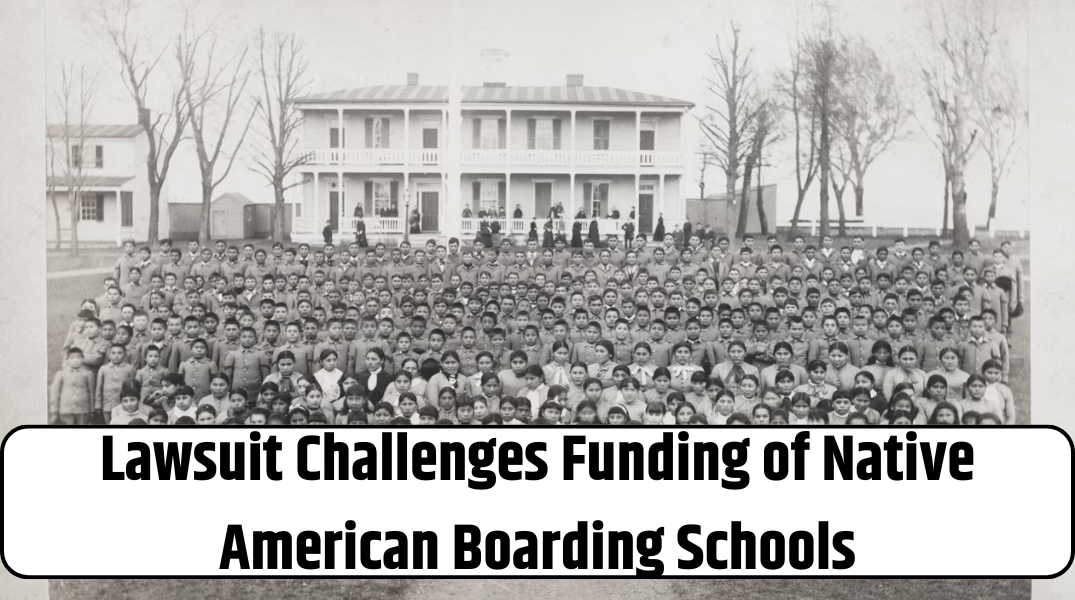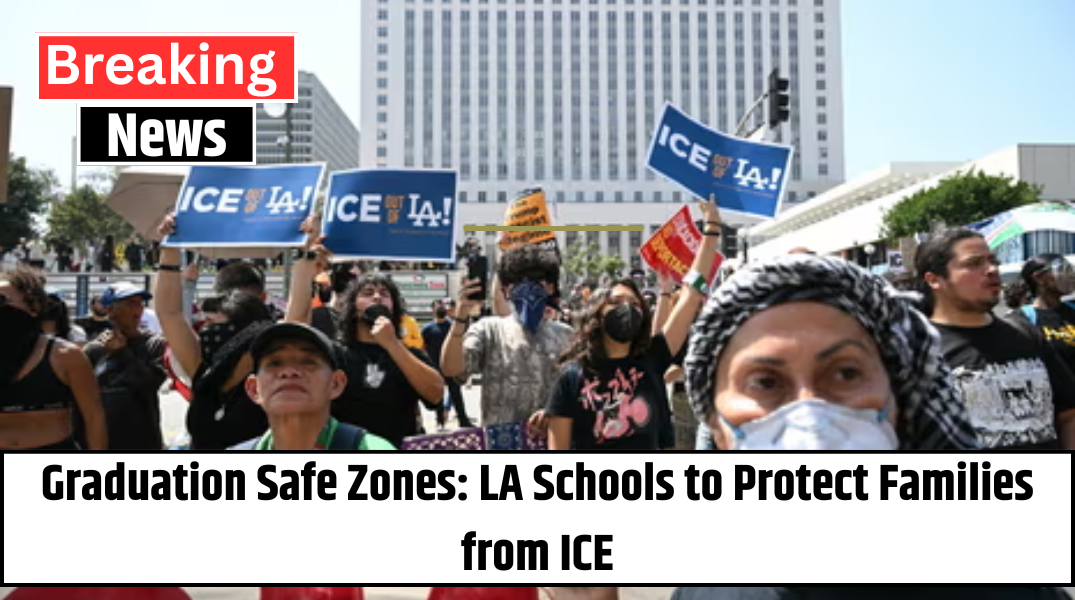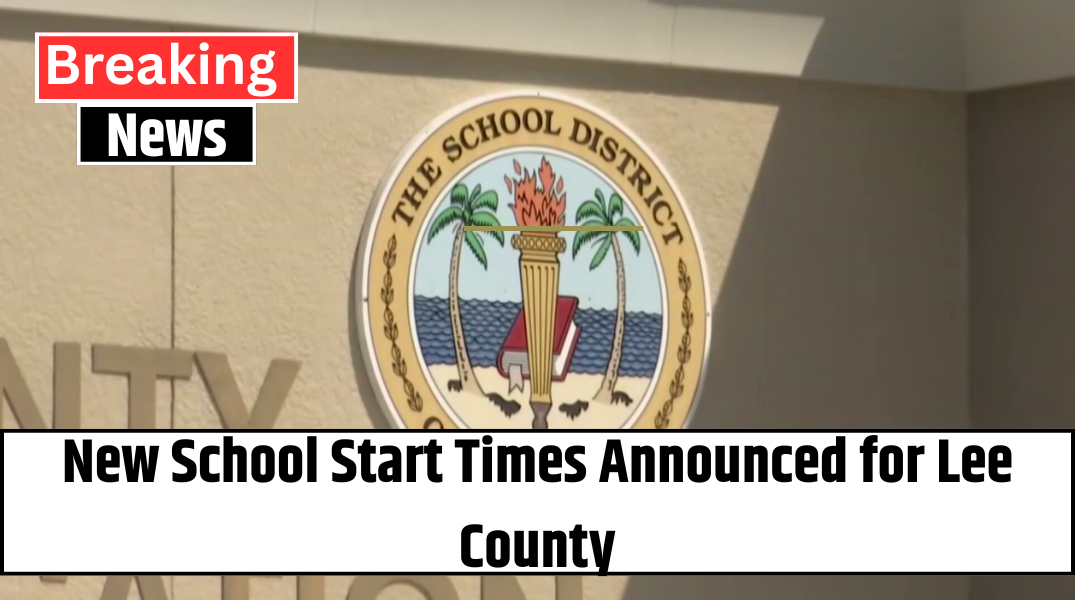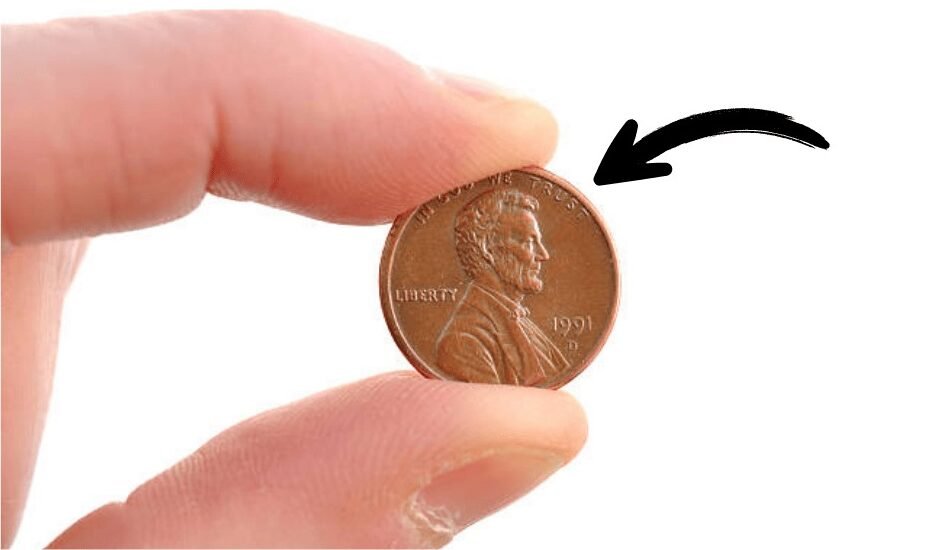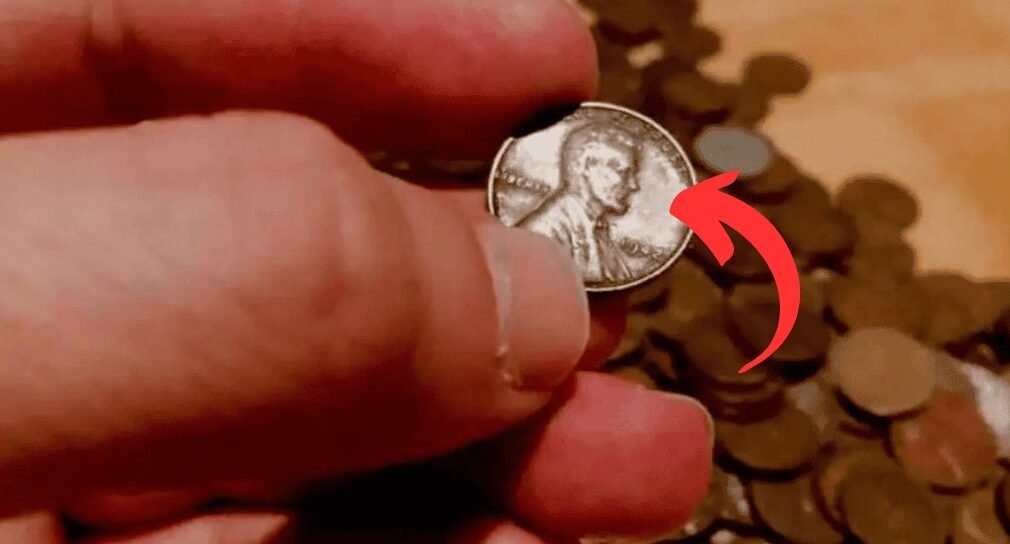Two Native nations have taken the United States to court, arguing that billions of dollars held in trust for tribes were quietly siphoned off to bankroll the notorious Federal Indian Boarding School system—a network of institutions that stripped generations of Indigenous children of language, culture, and family.
Filed in the U.S. District Court for the Middle District of Pennsylvania, the complaint from the Wichita and Affiliated Tribes (Oklahoma) and the Washoe Tribe of Nevada and California demands a full accounting of roughly $23.3 billion the government allegedly redirected from tribal trust accounts to boarding-school operations during the 19th and 20th centuries.
“A Sacred Trust Violated”
Lawyers for the tribes say the money was supposed to advance Native education under treaty promises—what the lawsuit calls a “sacred bargain”: tribes ceded land and pledged peace; Washington, in return, vowed to educate Indigenous youth. Instead, the filing argues, federal officials funneled trust funds into a program designed to erase Native identity and force assimilation.
“The United States assumed guardianship over our children and their education,” said attorney Adam Levitt, “and it must now explain, dollar by dollar, how that guardianship was abused.”
Also Read – 2025 Teacher Pay Update: Average Salaries Rise Slightly Nationwide
What the Lawsuit Seeks
-
A forensic audit of every trust-fund withdrawal used for boarding-school expenses.
-
A public release of records still held by the Department of the Interior and the Bureau of Indian Affairs (BIA).
-
Restitution or damages based on any misused funds.
Named defendants include Interior Secretary Doug Burgum, the Interior Department, the BIA, and the Bureau of Indian Education. Federal officials have declined to comment on pending litigation.
Boarding-School Legacy: Stark Numbers
-
417 institutions operated nationwide between 1819 and 1969.
-
More than 18,000 Indigenous children—some as young as four—were taken to these schools.
-
A 2024 Interior report confirmed at least 973 student deaths; historians expect the true toll is far higher.
Washoe Tribal Chairman Serrell Smokey called the system “one of the darkest chapters in American history—made worse by the fact that our own trust money helped pay for it.”
Ripple Effects Across Generations
The boarding-school project, the complaint states, broke family structures, erased languages, and fostered cycles of poverty, addiction, and violence that still echo in Native communities. Amber Silverhorn-Wolfe, president of the Wichita and Affiliated Tribes, noted that “trauma doesn’t end with survivors—it lives on in their children and grandchildren.”
Also Read – Parents Outraged Over Racial Slur in Elementary School Yearbook
Something You Might Not Know
Ground-Penetrating Radar (GPR) is rewriting the boarding-school map. Since 2021, tribal archaeologists and university partners have used GPR to locate more than 600 unmarked graves at former school sites from Arizona to Pennsylvania. In one high-profile survey at the Phoenix Indian School, researchers discovered a forgotten cemetery under a city park’s baseball field—prompting the city council to begin relocating games and planning a memorial. If the lawsuit prevails, a portion of any recovered funds could help expand these forensic efforts, giving families long-denied answers about missing relatives.
As the case moves forward, Native leaders say it is not merely about dollars and cents. It is about transparent reckoning—“a full accounting,” Smokey said, “so the United States can’t bury the past in ledgers any longer.”
